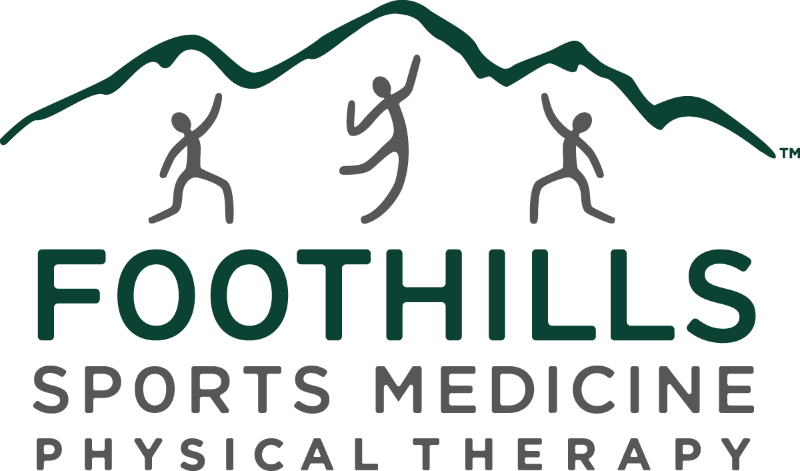By Janene Alcantar, PT, DPT | Foothills Surprise
What does it mean for your physical therapist to engage your deep core? Though frequently taught, the concept is often misunderstood by professionals throughout the industry. The deep core involves the diaphragm, pelvic floor, transverse abdominis, and multifidus muscle. These muscles work together to provide support for your entire body. If one is overactive or underactive, engaged incorrectly, or engaged at the wrong time, dysfunction can result.
If you have pain trying to maintain correct posture throughout the day, you may have dysfunction in your core muscles. For example, sitting with poor posture at a desk for extended periods can reduce your core muscle strength. Repetitive movements performed incorrectly throughout the day or without using the muscles can cause significant problems.
Over time, people may lose the ability to engage their deep core muscles, which is essential for proper back function. Fortunately, trained physical therapists can help patients return function to these muscles.

The Assessment
A proper assessment is the first crucial step in joining a core strengthening program. Your physical therapist will address your individual needs and implement a personalized program. Rehabilitating the core muscles requires training since they need to engage correctly and improve their endurance.
As our movement patterns change, women and men lose strength in these muscles. Still, patients can always be taught lifting mechanics and are encouraged to maintain an upright posture for strengthening.
Physical therapists are trained to help you rehabilitate weak core muscles. We know where issues can arise. Engaging deep core muscles does not mean tightening them as hard as possible. You shouldn’t feel the tension in your ribs or the gluteal region at any point. Even though the diaphragm is involved in exercises, you should still be able to speak and breathe as deep core muscles are activated.

Core Strengthing Exercise
One of the best core-strengthening positions involves lying on your back with your knees bent. Next, place your fingers towards the middle of the anterior superior iliac spine (ASIS), and as you breathe out, perform a Kegel contraction. You can feel a Kegel contraction by squeezing the pelvic floor muscles as if you were stopping a flow of pee. You should feel the lower abdominal region become tight. Relax after holding the position for five seconds. It can be tricky, and the Kegel exercise can be performed incorrectly. The key is to pull the muscles up. Many will bear down to feel a contraction in this region. Additionally, you must pull your belly in rather than out when engaging the transverse abdominis muscle.
Benefits of Physical Therapy for Core Strengthening
A physical therapist can teach you many core strengthening exercises that can be incorporated into an individualized exercise program.
Many have never properly engaged their deep core muscles or lost control due to pregnancy. However, with the assistance of a trained professional, you could see your posture and overall core stamina increase with physical therapy.
Our experts at Foothills Sports Medicine Physical Therapy know how to help you! If you have questions about chronic back pain, posture, or deep core strengthening, make an appointment today! Check out the Foothills blog to learn more about AZ physical therapy at Foothills Sports Medicine Physical Therapy and what our certified specialists can do for you.




